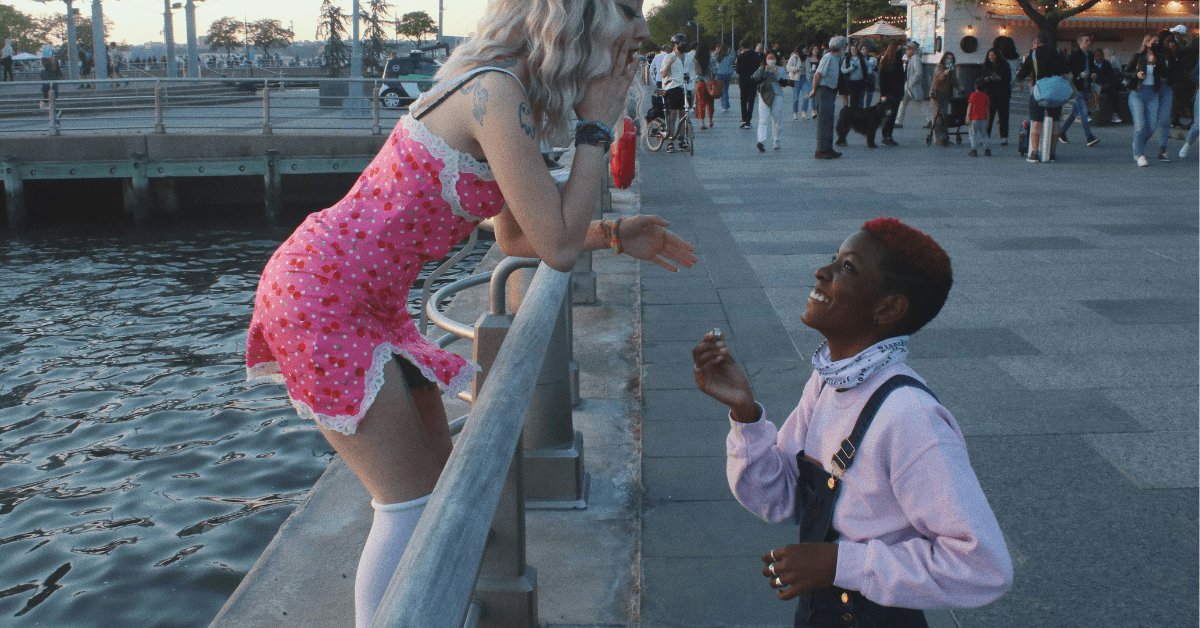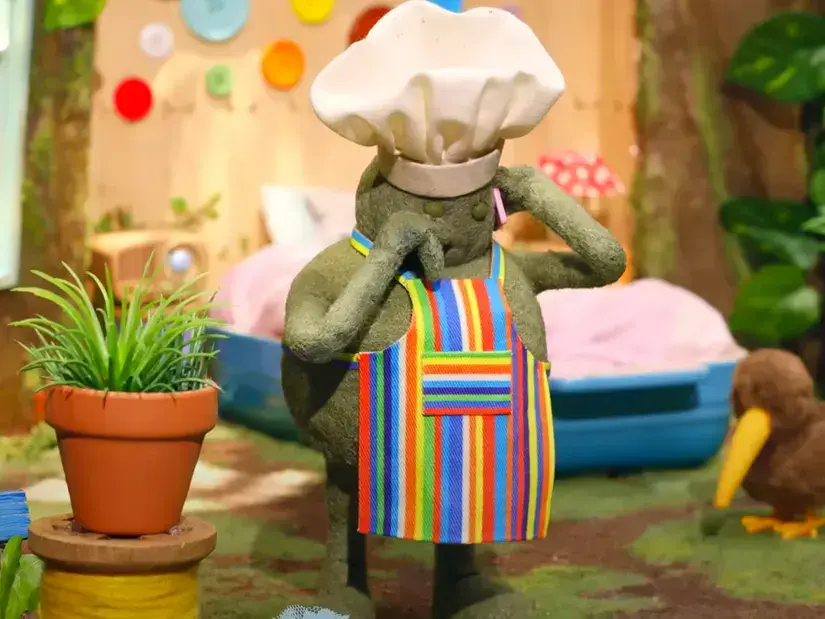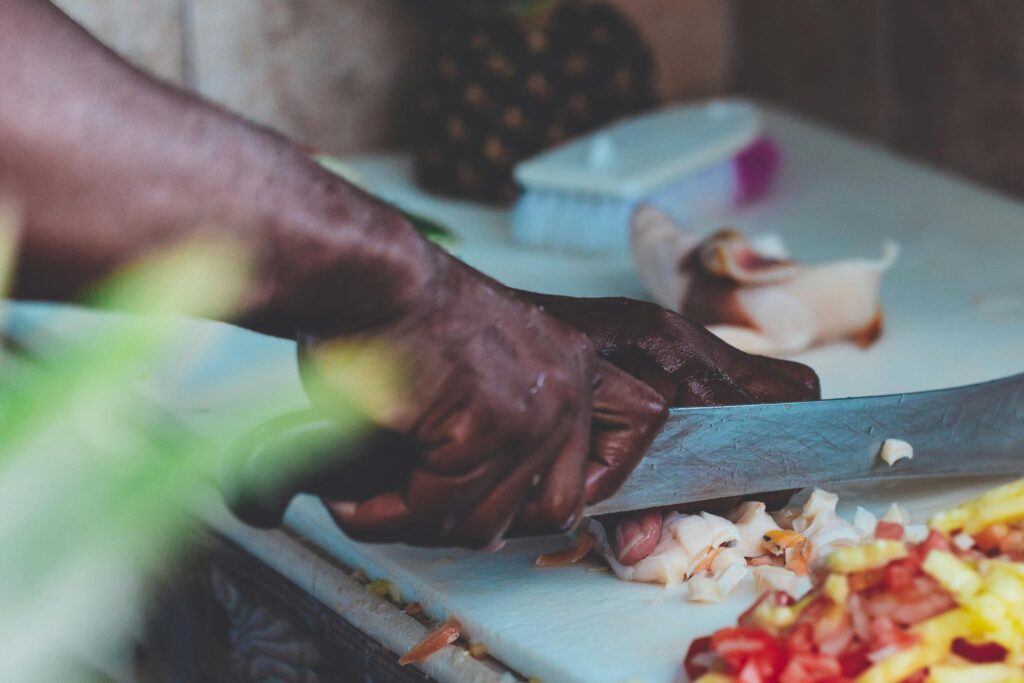7 Landmark Moments in Black LGBTQ+ History You Need to Know
The journey toward equality and recognition for the LGBTQ+ community, especially from the lens of Black queer experiences,… The post 7 Landmark Moments in Black LGBTQ+ History You Need to Know appeared first on LOVEBSCOTT.


The journey toward equality and recognition for the LGBTQ+ community, especially from the lens of Black queer experiences, is a rich tapestry woven with threads of resilience, struggle, and triumph. It’s crucial to celebrate and remember these defining moments that have left an undeniable mark on history, shaping the future for generations to come.
“Our lives begin to end the day we become silent about things that matter.” – Martin Luther King Jr.
This resonates deeply with the spirit of the LGBTQIA+ movement, especially within the Black queer community. Silence is not an option; visibility and vocal advocacy are essential for breaking barriers and creating safe, inclusive spaces.
Let’s examine five pivotal events and key players that have played a significant role in this ongoing fight for justice and equality. Each of these events not only marks progress but serves as a powerful reminder of the work that still lies ahead.
1. The Stonewall Uprising

The Stonewall Uprising of 1969 stands as one of the most momentous events in LGBTQIA+ history. When the police raided the Stonewall Inn in New York City’s Greenwich Village, it sparked a fierce resistance from the bar’s patrons and the surrounding community.
Figures like Marsha P. Johnson, Zazu Nova, and Jackie Hormona were pivotal in the front lines of this rebellion. The clashes lasted several days, galvanizing the gay rights movement and leading to the first Pride marches in 1970.
2. The Founding of the Gay Liberation Front (GLF)

In the aftermath of Stonewall, LGBTQ activists sought ways to sustain their newfound momentum. The Gay Liberation Front (GLF) was established in 1969 as the first organization to openly advocate for the rights of LGBTQIA+ individuals.
The GLF emphasized solidarity with other oppressed groups and significantly shaped the discourse around sexual equality and societal integration. This led to the formation of many more advocacy organizations in the decades that followed.
3. The AIDS Crisis and ACT UP Movement

During the 1980s, the AIDS epidemic devastated the LGBTQ community, leading to an urgent call for action. The AIDS Coalition to Unleash Power (ACT UP) was formed in 1987 to combat the government’s negligence towards the crisis.
With its bold tactics, ACT UP brought national attention to AIDS research and sought to dismantle the stigma surrounding the disease. Their efforts secured more funding for research and patient care, marking a critical chapter in public health advocacy.
4. Marriage Equality Triumph

The road to marriage equality was long and fraught with challenges. One key milestone was June 26, 2015, when the Supreme Court of the United States ruled in Obergefell v. Hodges that same-sex marriage is a constitutional right.
This landmark decision affirmed the legitimacy and dignity of LGBTQIA+ families, ensuring that marriage protections and benefits extended to all couples, regardless of their sexual orientation.
5. Black Lives Matter and LGBTQIA+ Solidarity

The intersectionality of the Black Lives Matter movement has woven together the fight for racial justice with LGBTQ rights. Following the deaths of Black trans women like Tony McDade, the movement underscored the urgent need to address violence against Black LGBTQ individuals.
One such example of addressing this was with Black Lives Matter-Toronto during the 2016 Pride parade in Canada. The group staged a sit-in at the parade, remaining steadfast until the Pride organization agreed to their demands for sufficient funding for Black Queer programs and the cessation of police involvement in Pride events.
Demonstrations like these and vigils reinforce the community’s commitment to confronting systemic discrimination, shining a spotlight on the unique challenges faced by Black queer individuals.
6. Black Men Loving Black Men

In 1986, Joseph Beam wrote a powerful editorial in Black/Out that called for readers to educate and protect themselves as the majority of AIDS organizations were not paying attention to the Black community.
“Black men loving Black men is the revolutionary action of the 80s. So I say to you: What have you done for us lately?”
– Joseph Beam, excerpt from “Caring for Each Other,” Black/Out
From overcoming societal stigmas to celebrating the richness of Black queer love, it’s important to honor the unique journey of Black men in the LGBTQIA+ community. Legends like Beam and Essex Hemphill paved the way with their powerful writings, echoing the cry for visibility and the legitimacy of Black gay love.
7. The Cakewalk

Drag and ballroom cultures hold a significant and cherished place within Black LGBTQIA+ culture, serving as vibrant expressions of identity, resilience, and community.
Origins trace back to the Cakewalk, a dance developed by enslaved African Americans in the antebellum South. The Cakewalk was initially a form of satirical performance, mocking the grandiose mannerisms of white slaveholders.
Over time, it evolved into a celebration of Black creativity and ingenuity, laying the groundwork for the emergence of drag and ballroom cultures.
The LGBTQIA+ Journey Continues
The journey is far from over, but every step forward is a testament to the resilience and strength of Black queer love. Continuing to create spaces where the LGBTQIA+ community can be unapologetically themselves is crucial to the fight for equality.
By advocating for each other, we continue to create a world where loving ourselves and each other isn’t merely an act of defiance but a right.
The post 7 Landmark Moments in Black LGBTQ+ History You Need to Know appeared first on LOVEBSCOTT.












